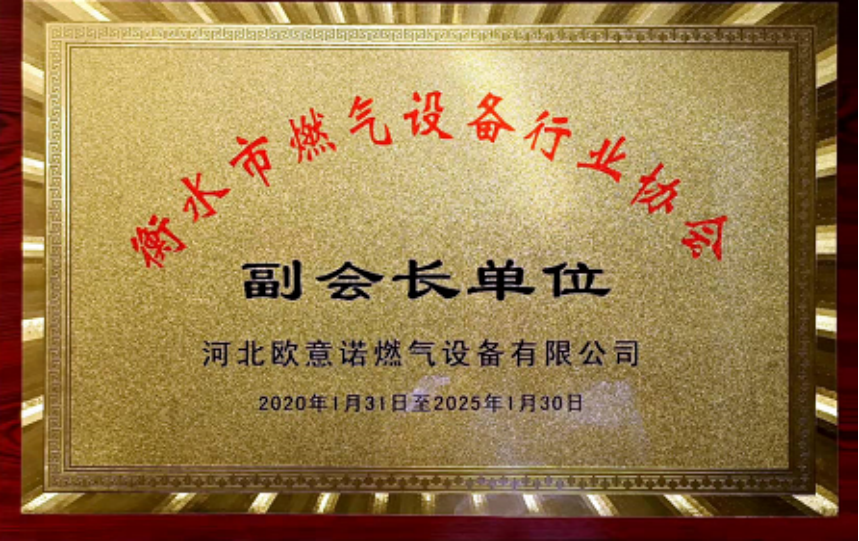
Nov . 27, 2024 06:48
Back to list
Understanding Gas Safety Relief Valves and Their Importance in Pressure Management
Understanding Gas Safety Relief Valves Ensuring Safe Operations
Gas safety relief valves play a crucial role in the safe operation of gas systems across various industries. These mechanical devices are designed to protect equipment, pipelines, and ultimately, human lives by releasing excess pressure that could lead to dangerous situations. Understanding their function, installation, maintenance, and compliance with safety standards is essential for anyone working with gas systems.
Function of Gas Safety Relief Valves
The primary function of a gas safety relief valve is to prevent excessive pressure buildup within gas lines and connected equipment. When a gas system operates, it is subjected to varying pressures due to changes in operational conditions, temperature fluctuations, or equipment malfunctions. If the system pressure exceeds a predetermined limit, the safety relief valve activates, releasing excess gas and thereby reducing the pressure to safe levels.
The operation of these valves is typically mechanical. They consist of a spring-loaded mechanism that opens at a specific pressure threshold. Once the pressure is reduced to a safe level, the valve automatically closes, preventing further gas release. This simple yet effective mechanism is vital for maintaining the integrity of gas systems.
Installation Considerations
Proper installation of gas safety relief valves is critical to their effectiveness. Installation should always adhere to the manufacturer's specifications and relevant industry standards. Factors such as valve sizing, orientation, and location can significantly impact the valve's performance.
1. Sizing The relief valve must be appropriately sized for the specific application. Sizing considerations include the maximum allowable working pressure (MAWP) of the system and the maximum flow requirements during a pressure relief event. An incorrectly sized valve may either lead to insufficient pressure relief or result in excessive gas loss.
2. Orientation Most gas safety relief valves are designed to be installed in a vertical orientation, allowing for proper drainage of any condensate that may accumulate. Installing the valve in a horizontal position can lead to improper function and increased risk of failure.
3. Location The positioning of the valve is also crucial. It should be installed at a location that allows for safe and unobstructed venting of gas. Directing the exhaust away from personnel, equipment, and structures is essential to minimize hazards.
gas safety relief valve

Maintenance and Inspection
Regular maintenance and inspection of gas safety relief valves are essential for ensuring ongoing safety and reliability. These valves should be inspected at least annually or more frequently, depending on the application's criticality and regulatory requirements. During inspections, technicians should check for signs of wear, corrosion, or debris that could impede valve function.
1. Testing Periodic pressure tests should be conducted to verify that the valve opens at the specified pressure. This testing helps ensure that the relief valve is functioning correctly and can adequately protect the system during an overpressure situation.
2. Cleaning Ensuring that the valve and its surrounding area are free from contaminants is crucial. Dirt, grease, and other debris can impact the operation of the valve, leading to failure in a critical moment.
3. Replacement Over time, components within the relief valve may wear out or become damaged. Identifying the right time for replacement of the valve is critical. Many manufacturers provide guidelines on the lifespan of their valves, and adhering to these recommendations can prevent incidents.
Compliance and Regulations
Gas safety relief valves are subject to numerous regulations and compliance standards, varying by location and industry. Organizations such as the American Society of Mechanical Engineers (ASME) and the American National Standards Institute (ANSI) provide guidelines governing the design, installation, and maintenance of these devices. Ensuring compliance with these standards not only promotes safety but also minimizes legal liabilities and enhances operational efficiency.
Conclusion
Gas safety relief valves are essential components in gas management systems, playing a vital role in protecting equipment and personnel from the dangers associated with excess pressure. Proper understanding, installation, maintenance, and adherence to safety regulations are crucial for ensuring their effectiveness. By prioritizing the functionality of these valves, industries can cultivate a safer environment for all involved in gas operations. A commitment to safety not only protects lives but also contributes to the overall efficiency and reliability of gas systems.
Latest news
-
Safety Valve Spring-Loaded Design Overpressure ProtectionNewsJul.25,2025
-
Precision Voltage Regulator AC5 Accuracy Grade PerformanceNewsJul.25,2025
-
Natural Gas Pressure Regulating Skid Industrial Pipeline ApplicationsNewsJul.25,2025
-
Natural Gas Filter Stainless Steel Mesh Element DesignNewsJul.25,2025
-
Gas Pressure Regulator Valve Direct-Acting Spring-Loaded DesignNewsJul.25,2025
-
Decompression Equipment Multi-Stage Heat Exchange System DesignNewsJul.25,2025

